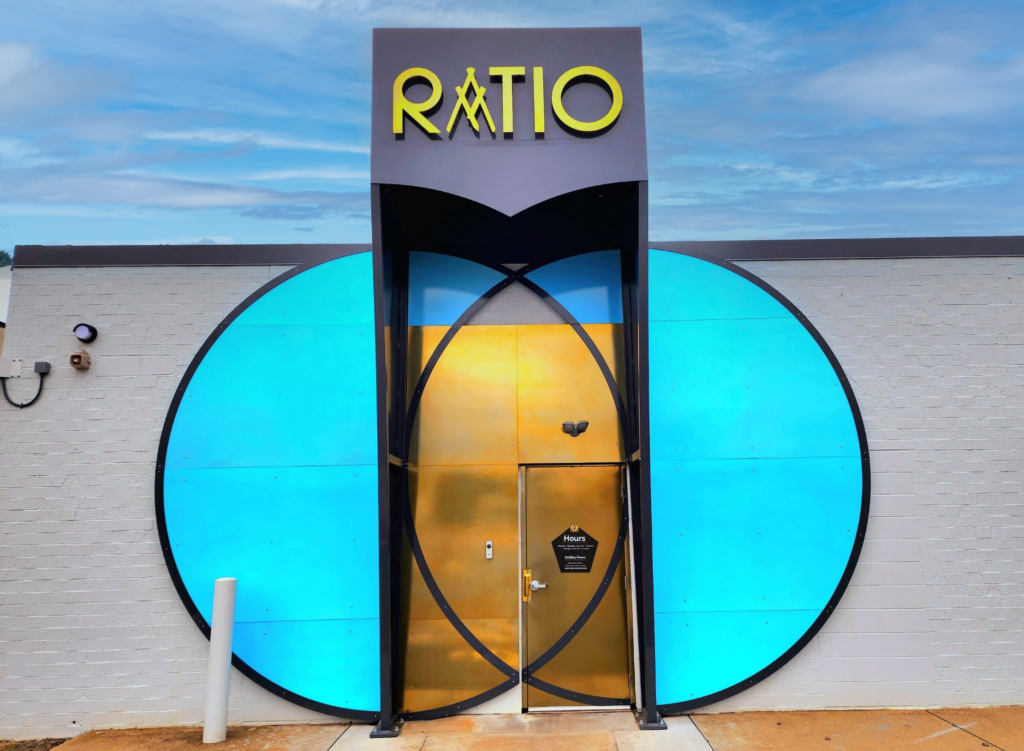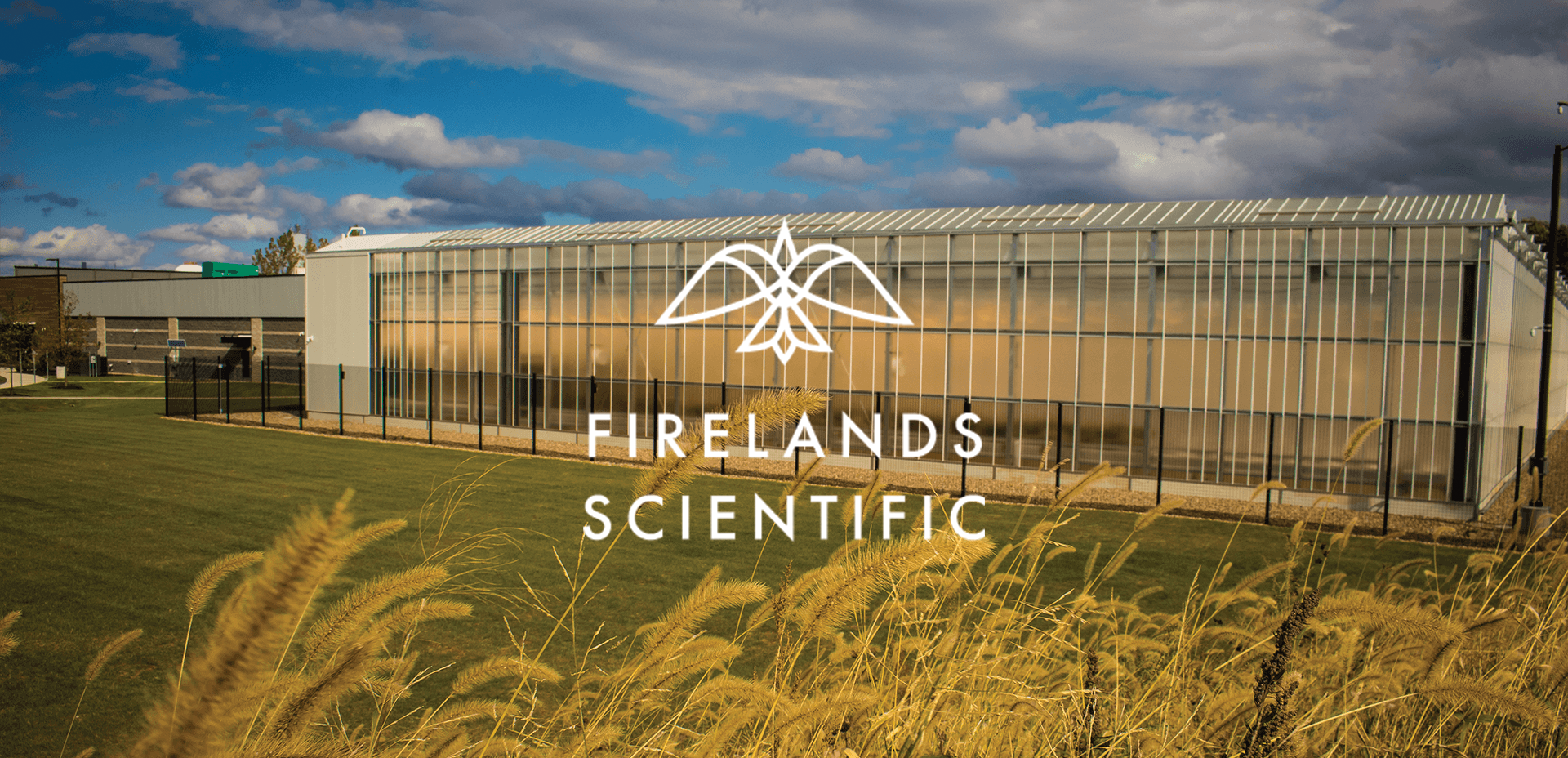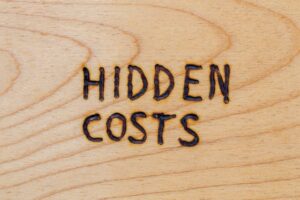U.S. Cannabis Market Analysis: Volume, Mix, and Rate (VMR) Amid Rising THC Potency Trends
Introduction
The U.S. cannabis industry is locked in what many call a “THC arms race.” Producers, retailers, and even consumers are chasing higher potency like never before. While this might sound exciting to enthusiasts, the numbers tell a deeper story: sales growth is uneven, prices are tumbling in some regions, and the market is leaning heavily on a small but loyal group of high-frequency users.
This blog takes a VMR approach—Volume, Mix, and Rate—to unpack what’s happening across mature and emerging cannabis markets. Using data from Headset.io, we’ll explore:
- How sales volumes are shifting across legacy and new markets
- Why inhalables dominate (and infused pre-rolls are booming)
- The pricing squeeze in oversupplied states vs. premium prices on the East Coast
- The relentless rise of THC potency and its impact on consumer behavior
- The risks of over-relying on heavy users while missing out on the canna-curious
Let’s break it down.
Sales Volume: Markets on Diverging Paths
Mature Market Slowdowns
Legacy states like California, Colorado, Oregon, and Nevada are showing clear signs of saturation. By late 2023, California, Nevada, and Colorado each faced 11–12% YOY sales declines. Oregon followed with a 4% dip by mid-2025.
Even as these states still command big absolute sales numbers, they’re plateauing—or worse, shrinking. For instance, California pulled in $307M in Aug 2025 but was down –13% YOY.
Michigan’s Boom and Cool-Off
Michigan’s recreational market, launched in 2020, rocketed to $3B annually by 2023. By mid-2025, monthly sales still hovered near $278M—but the state posted its first YOY decline (–5.7%). Why? Unit sales jumped +29% YOY, but plunging prices dragged down revenue. Oversupply struck.
New Market Surge
States like Maryland and New Jersey are writing a different story. Maryland’s 2023 adult-use launch drove triple-digit growth into early 2024, while New Jersey peaked with $92M monthly sales by mid-2025.
Interestingly, even as New Jersey’s revenue dipped –4.4% YOY, unit sales were up +18.6%. Translation? More people are buying, but at cheaper prices.
Product Mix: Inhalables Still Rule
Across every U.S. market, inhalables (flower, pre-rolls, vapes, concentrates) dominate, often capturing 80–90% of sales.
- California & Nevada: ~85% inhalable share
- Michigan: ~88% inhalables
- Colorado: a relative outlier at ~78% (non-inhalables like edibles have stronger traction here)
The Rise of Pre-Rolls & Vapes
While flower is still the backbone, pre-rolls and vapes are growing fastest. Why? Convenience and potency. Infused pre-rolls—packed with concentrates—are reshaping the pre-roll category, while vape carts offer discretion and sky-high THC percentages.
For example:
- Oregon’s flower sales dipped –12.4% YOY (2025)
- But vapes grew +4% and pre-rolls posted modest gains
Consumers are clearly trading loose flower for ready-to-use, high-THC formats.
Rate: The Pricing Tug-of-War
Pricing tells a fascinating tale. Mature markets with heavy competition see rock-bottom prices, while limited-license states keep prices sky-high.
- Michigan: Avg item = $8.08 (down 27% YOY)
- Oregon: Avg item = $12.18
- California: Avg item = $18.83
- New Jersey: Avg item = $30.37
- New York: Avg item = $32+
The gap is staggering: a $30 vape in New Jersey might sell for $12 in Oregon.
This matters because falling prices often mask strong demand. Michigan’s case proves it: +29% unit sales growth didn’t stop –5.7% YOY revenue decline.
THC Potency: A Market Obsession
Median THC levels are climbing everywhere, with California, Michigan, and Oregon leading at ~27% THC flower by 2025. Compare that to Colorado and Florida, where flower averages closer to 22% THC.
Why the Jump?
- Emerging states (NJ, MD, MI): Racing to match “top-shelf” standards set by mature states
- Legacy states (CO, WA, OR): Hitting a potency plateau, with some even backtracking after lab test scandals exposed inflated THC results
According to Headset.io, THC has essentially plateaued in the high-20s% range, with flower unlikely to exceed a biological ceiling of ~35%.
High THC = Higher Sales
Data proves that high-THC products outsell and outprice lower-potency ones.
- In California, 25–27% THC flower = 31.5% of sales revenue
- Products 28%+ THC sold 6% more units despite being fewer on shelves
- High-THC flower commands an ~8% price premium over mid-THC
Consumers are voting with their wallets: potency = value.
Innovation: Chasing Potency Beyond Flower
Since flower can’t easily climb higher, brands are innovating:
- Infused Pre-Rolls: Testing 40–50% THC+ with extracts. In some states, these now make up half of all pre-roll sales.
- High-Dose Beverages: From mild 5–10mg sodas to 100mg THC shots and lemonades. A fast-growing niche for experienced users.
Both categories prove the industry is engineering new formats to deliver stronger experiences.
Heavy Users vs. Canna-Curious
Here’s the kicker: 20% of consumers = 50%+ of sales.
- Heavy users: Young, frequent buyers, chasing max THC and value
- Canna-curious: Casual, older, wellness-driven, prefer low-dose, approachable formats
Right now, the industry is overly focused on heavy users. That’s risky: casuals represent the biggest growth opportunity. If overwhelmed by 30% flower and 90% vapes, they may opt for hemp/CBD products sold outside dispensaries.
Key Takeaways for Operators
- Serve Heavy Users but Stand Out: Keep potent products but differentiate with quality, flavor, and terpene profiles.
- Balance Volume & Price: In compressed markets, push volume (bulk deals, value pricing). In new markets, maintain premiums carefully.
- Align Product Mix Locally: Stock more edibles/beverages where demand is higher (e.g., Colorado). Double down on pre-rolls/vapes where they’re surging.
- Innovate Potency & Approachability: Infused pre-rolls and high-dose drinks are hot—but don’t forget micro-dosed mints, 5mg beverages, and low-THC flower.
- Educate New Consumers: Make dispensaries less intimidating. Clear labeling, staff training, and entry-level SKUs will bring in the canna curious.
- Watch for Saturation: Mature states may need new narratives beyond THC. Brand story, minor cannabinoids, and form factor could be the next big differentiators.
FAQs
A: Consumers—especially heavy users—see THC percentage as the main value marker, making high-THC products outsell lower-potency ones.
A: Not necessarily. Potency isn’t everything—terpenes, quality, and user preference matter too. Some casual consumers may prefer lower THC.
A: In oversupplied states (like Michigan or Oregon), yes. But in new, limited-license states (like NJ or NY), prices remain high until supply scales.
A: Engaging the canna-curious with low-dose, approachable formats. They’re the untapped majority.
Wrapping It Up
The U.S. cannabis market is at a crossroads. THC potency sells, no doubt—but leaning too heavily on high-frequency users could limit long-term growth.
The next winners will be those who balance the VMR equation:
- Volume: Drive unit sales through value where needed
- Mix: Diversify offerings beyond potency alone
- Rate: Optimize pricing to local market realities
This report draws on data and insights from Headset.io’s industry analysis and market data, including “Tracking Potency: The Data Behind Cannabis’s Rising THC Levels,” and shows, potency has fueled growth so far—but the future belongs to brands and retailers that make cannabis work for both the enthusiasts and the newcomers.





